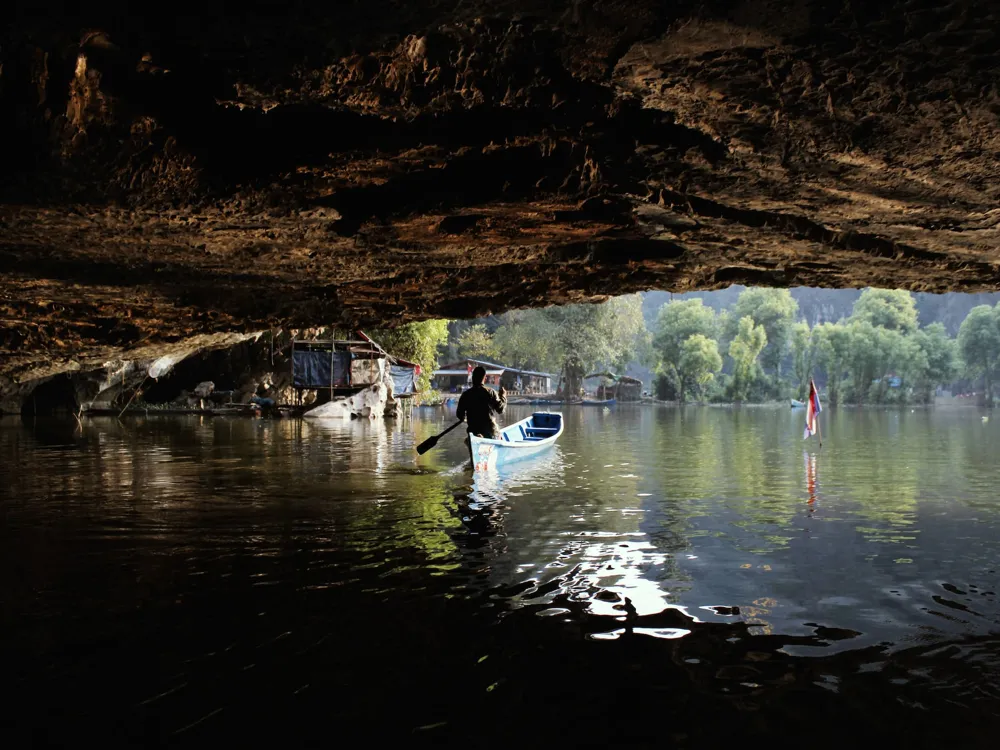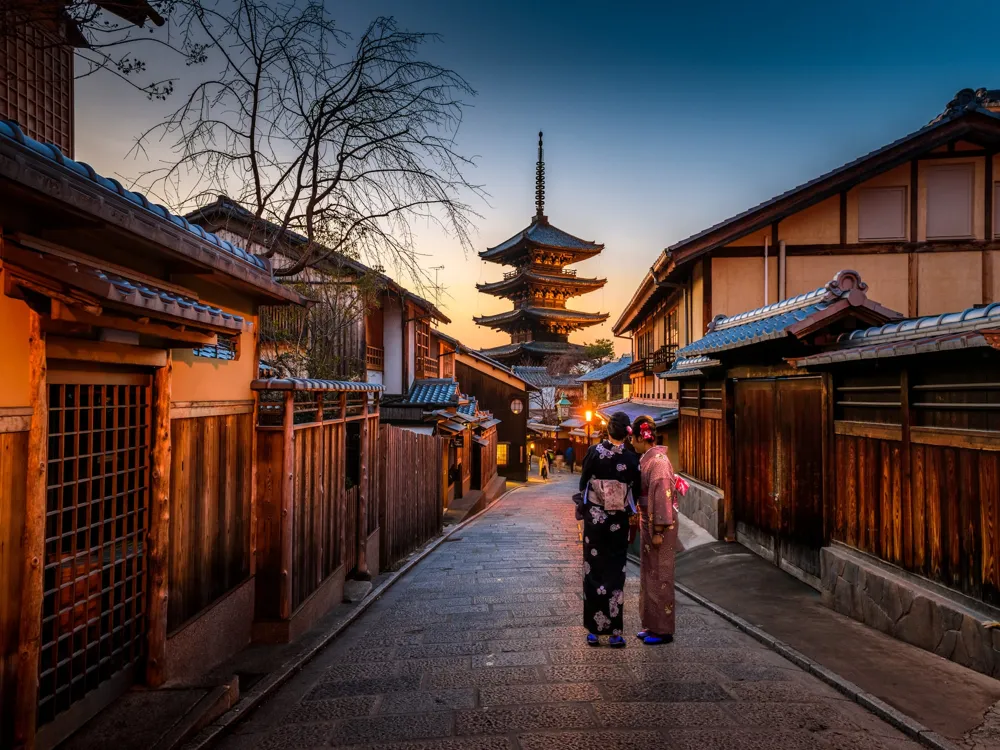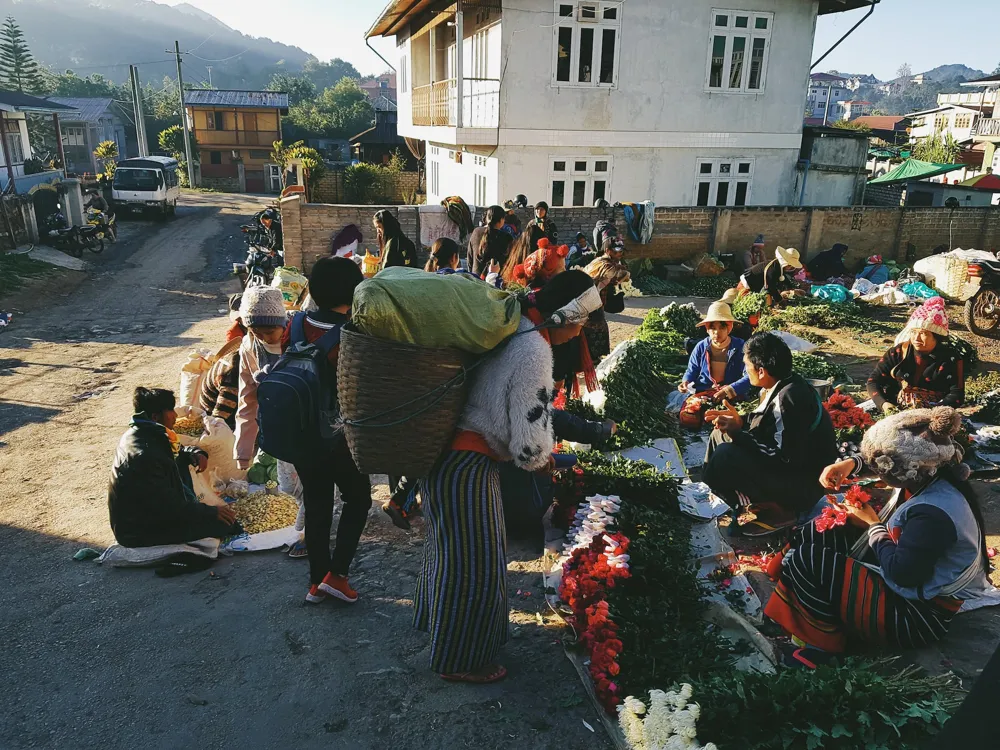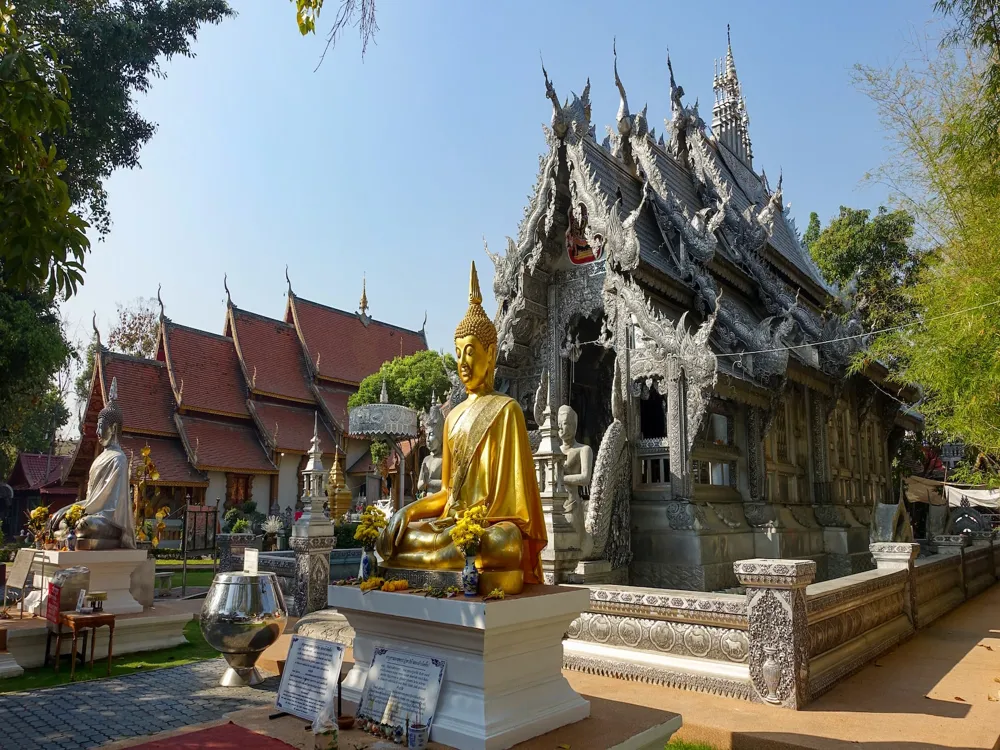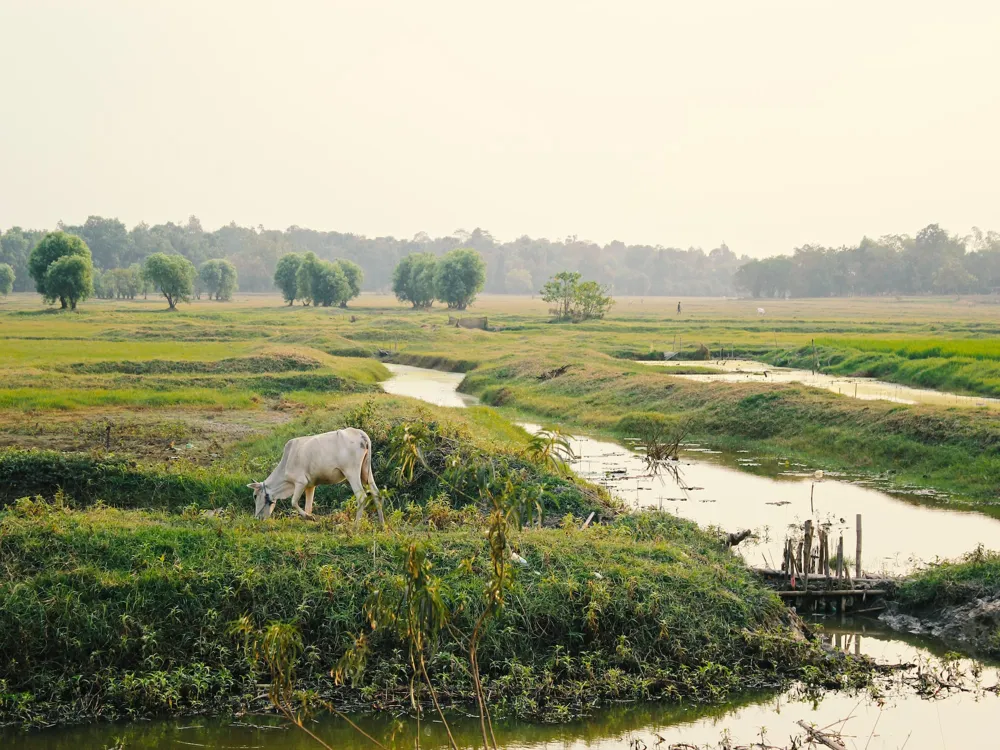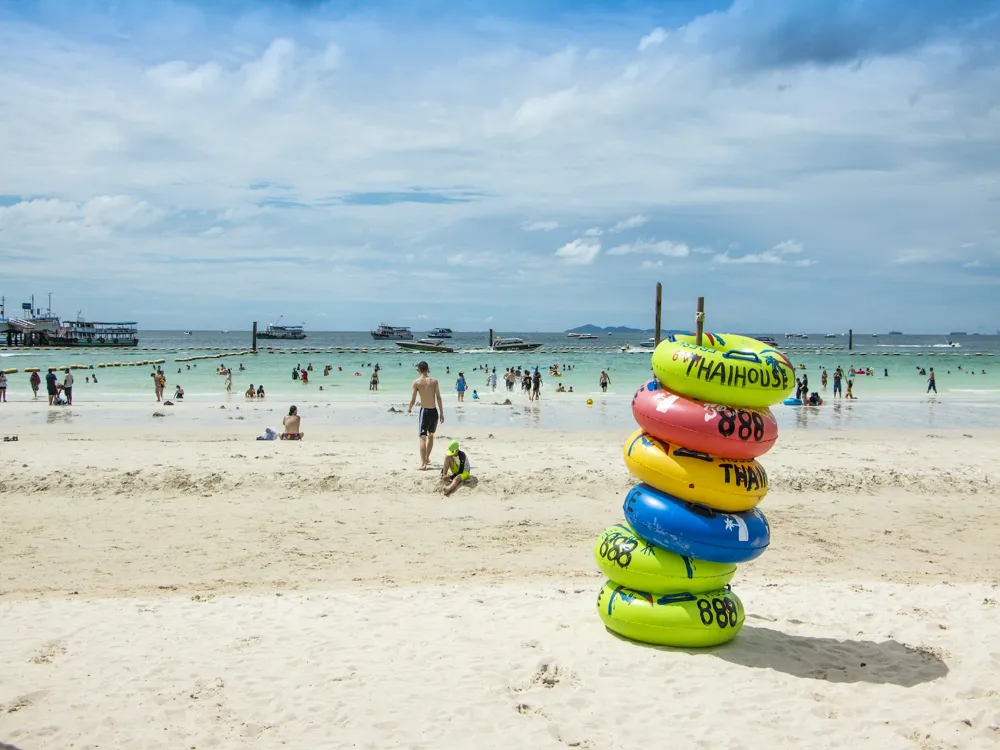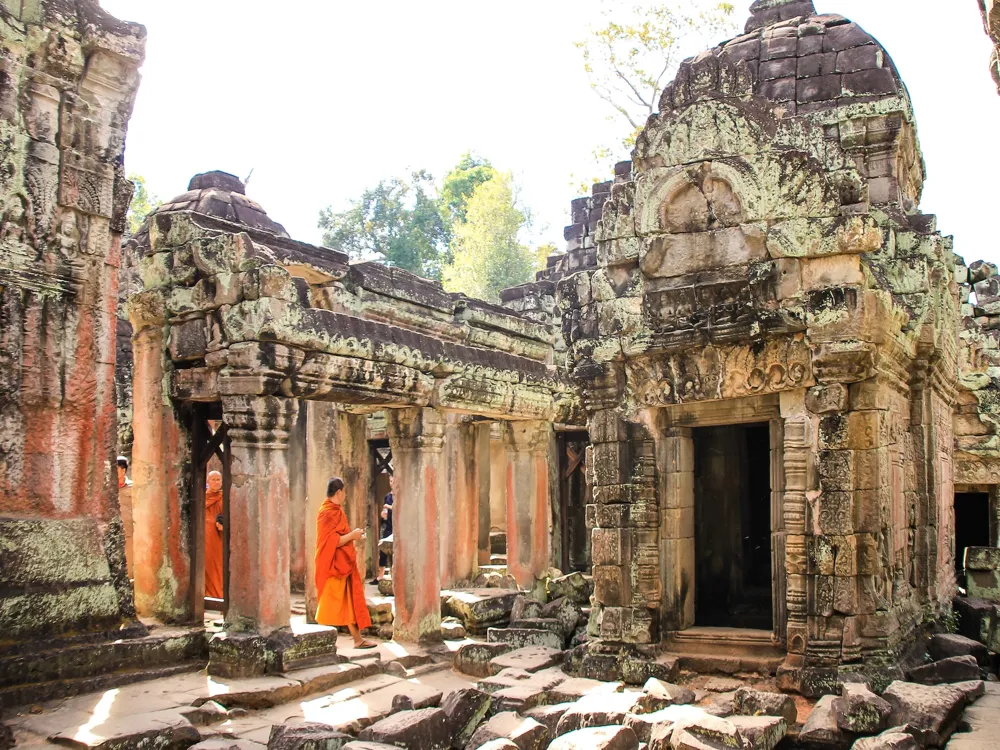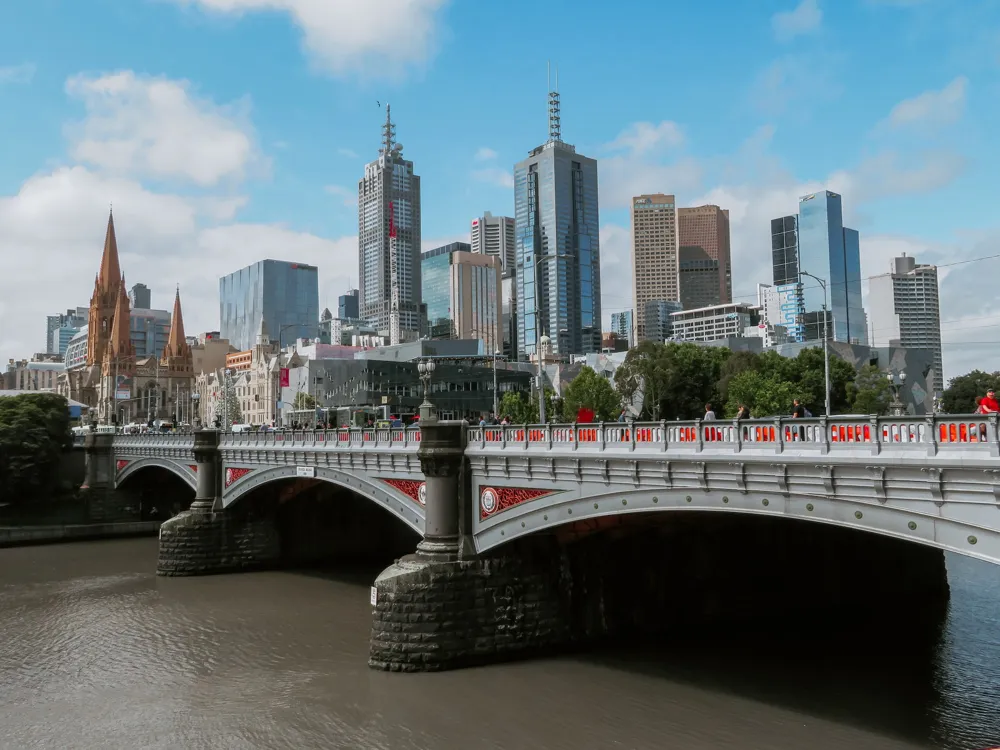The Death Railway Museum in Mawlamyine stands as a poignant testament to the harrowing history and enduring spirit of those involved in the construction of the infamous Burma Railway during World War II. This museum, located in the heart of Mawlamyine, Myanmar, is dedicated to preserving the memory of the thousands of POWs and forced laborers who suffered and perished during its construction. The museum not only offers a comprehensive history of the railway's construction but also serves as a site of remembrance and education. The exhibition at the Death Railway Museum is both emotionally moving and informative, featuring a wealth of artifacts, original documents, personal accounts, and photographic exhibits. The museum's collection offers an in-depth look into the daily lives, struggles, and resilience of those who worked on the railway. Visitors are taken on a journey through history, beginning with the outbreak of World War II, the strategic importance of the railway, the brutal conditions under which the laborers worked, and the eventual impact of the railway on the war and the region. One of the museum's highlights is its interactive displays, which allow visitors to engage with the history in a more personal and profound way. Through these exhibits, the museum succeeds in its mission to educate the public about the atrocities of war and the importance of peace and reconciliation. The Death Railway Museum not only serves as a historical site but also as a symbol of hope and a call to remember the lessons of the past. The Death Railway Museum's architecture is a thoughtful reflection of its somber history. The building's design is purposefully austere, with stark lines and a minimalistic approach that symbolizes the harsh conditions faced by the laborers. The museum's exterior is characterized by its use of rugged materials, which stand in contrast to the lush surroundings of Mawlamyine, creating a solemn and reflective atmosphere. Inside, the museum's layout is designed to guide visitors on a chronological journey through the history of the Death Railway. The use of space and lighting is carefully considered to evoke an emotional response. Dimly lit corridors lead to brightly illuminated exhibit areas, symbolizing the transition from darkness to enlightenment as visitors learn about the railway's history. The use of raw concrete and steel in the interior design serves as a reminder of the industrial nature of the railway's construction and the suffering endured by those who built it. The museum also incorporates elements of traditional Burmese architecture, blending local cultural heritage with the universal message of remembrance and peace. This fusion is evident in the museum's use of local materials and motifs, which serve to root the museum in its geographical and cultural context. The inclusion of a contemplative garden space offers a place of quiet reflection for visitors, with native plants and a water feature that provide a serene backdrop to the contemplative experience. Before visiting the Death Railway Museum, it's important to plan your trip thoughtfully. Consider visiting during weekdays to avoid crowds, and allocate at least 2-3 hours for a thorough exploration of the museum. It's also advisable to check the museum's website for any special events or temporary exhibits. Given the solemn nature of the museum, visitors are encouraged to maintain a respectful demeanor. This includes speaking in low tones, refraining from inappropriate jokes, and being considerate of others who may be having an emotional response to the exhibits. While there is no strict dress code, it is recommended to dress modestly out of respect for the site and its significance. Comfortable walking shoes are also advised, as you will likely be on your feet for the duration of your visit. The Death Railway Museum in Mawlamyine is accessible via various modes of transportation. For international visitors, the nearest airport is Yangon International Airport. From there, one can take a domestic flight to Mawlamyine Airport, followed by a short taxi ride to the museum. Alternatively, visitors can opt for a scenic train journey from Yangon to Mawlamyine, which offers a unique perspective of Myanmar's countryside. For those preferring road travel, regular bus services and private car hires are available from major cities to Mawlamyine.Overview of Death Railway Museum
Architecture of Death Railway Museum
Tips When Visiting Death Railway Museum
Planning Your Visit
Respectful Behavior
Dress Code
How To Reach Death Railway Museum
Death Railway Museum
Mawlamyine
NaN onwards
View mawlamyine Packages
Weather :
Tags : Museum
Opening hours : 9:00 AM - 5:00 PM
Ticket details : Free entry.
Planning a Trip? Ask Your Question
Mawlamyine Travel Packages
View All Packages For Mawlamyine
Top Hotel Collections for Mawlamyine

Private Pool

Luxury Hotels

5-Star Hotels

Pet Friendly
Top Hotels Near Mawlamyine
Other Top Ranking Places In Mawlamyine
View All Places To Visit In mawlamyine
View mawlamyine Packages
Weather :
Tags : Museum
Opening hours : 9:00 AM - 5:00 PM
Ticket details : Free entry.
Planning a Trip? Ask Your Question
Mawlamyine Travel Packages
View All Packages For Mawlamyine
Top Hotel Collections for Mawlamyine

Private Pool

Luxury Hotels

5-Star Hotels

Pet Friendly










